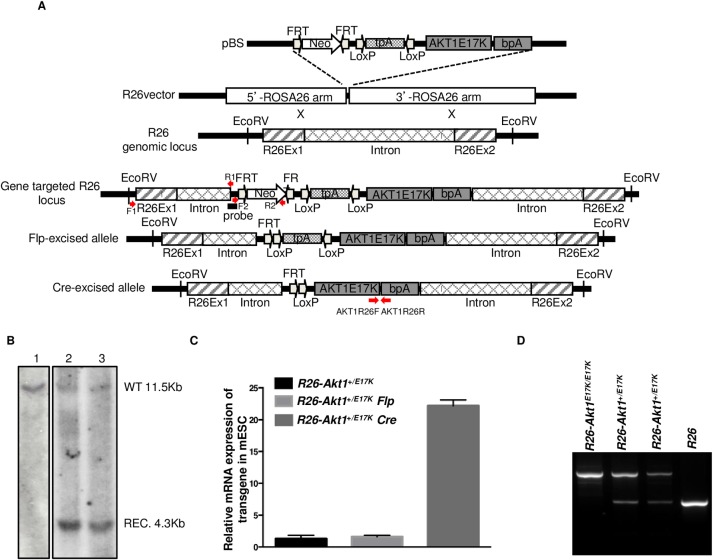Fig 1. Generation of transgenic R26-AKT1E17K mouse.
A. Schematic representation of the targeting construct used for the conditional knock-in in the R26 locus. The human AKT1E17K cDNA preceded by a loxP-flanked transcriptional stop cassette, was recombined into the R26 locus. Cre-mediated removal of the stop cassette links Rosa26 exon 1 to the exogenous cDNA allowing expression of the transgene. B. Southern blot of EcoRV digested genomic DNA derived from mESCs transfected with the targeting construct carrying mutant AKT1. Lane 1: DNA from non-targeted mESCs, lane 2 and 3: DNA from DNA from two different R26-AKT1E17K mESCs strains. Endogenous allele corresponds to the 11.5 kb band (WT); mutant allele corresponds to the 4.3 kb band (REC). C. Relative mRNA expression of human AKT1E17K by Q-RT-PCR in targeted mESCs and in the corresponding cells transfected with the Flp (pFlpE-IRES-Puro) or Cre recombinase (pCre-IRES-Puro). Data are from replicate experiments as the mean±SD. ***p<0.001. D. Genotype analysis by PCR on tail-tip DNA of genetically modified mice as indicated.

